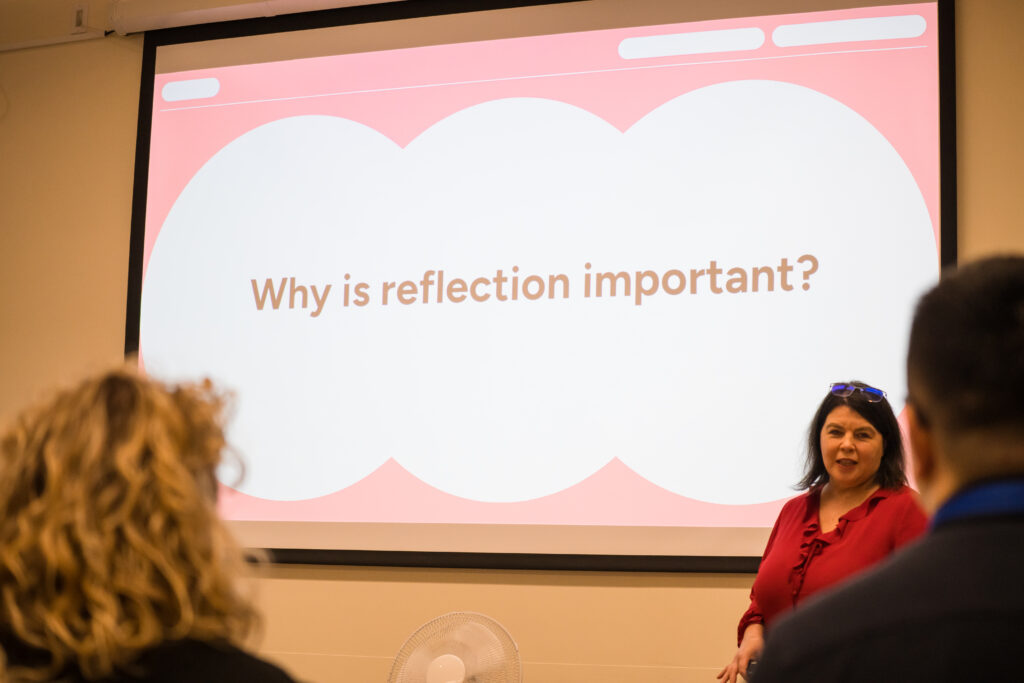Never mind “What is WIL?” What about “Where is WIL” at JIBC
- 2 mins read
Even a glancing familiarity with work-integrated learning will suggest something about bridging academic knowledge with more practical application in more authentic settings such as workplaces. Whether the form of WIL is a co-op, a practicum, some kind of field work, or a variety of opportunities to engage with the community, we can see intuitively how this is good learning for students.
But so what? Why is this a big deal? Why isn’t it just a mainstream activity at our institute? And why are we bringing your attention to it now?
At JIBC, we pride ourselves on our close connections to those in the field and on our experiential approach to learning. This is much clearer in those programs like police academy recruit training, paramedic or fire fighter training where the learners are already in a work-like mode of thinking or in programs where working professionals are looking to upgrade or polish their existing skills. However, in those more academic programs, such as our credentialled programs, where learners are often removed from the workplace and are hoping to use their education to gain entry to those careers and jobs where they can apply their skill, there is room to grow. It is only natural that our academic programs would want to benefit from the approaches practiced in our more traditional hands-on training.

This is where more formalized work-integrated learning enters the scene. It’s relatively straightforward to integrate learning with workplace activity when that workplace is already defined (like a post employment program). For undergrads, such as those in JIBC’s bachelor programs (Law Enforcement, Emergency Management) or students in short programs like Conflict Resolution and Leadership, there is an opportunity to open up and strengthen those connections to authentic practice. Lacking experience, as many frustrated students would tell you, is probably the single greatest barrier to gaining experience. Organized work-integrated learning programming helps pull down that barrier by providing those missing opportunities for applied skill development to students with organizations and communities that need skilled practitioners in their ranks.
The challenge for WIL at JIBC is that change needs to occur both at the individual classroom level and more broadly at the program level, as a priority for delivering experiential learning. The efforts of the past few years, with the creation of a position to guide faculty and staff in the ways of work-integrated learning, have served to create some momentum in this direction. Currently, we have several courses that now include a WIL component in the curriculum, more activities that take students out of the classrooms and into their communities, and more recently funding opportunities to faculty to help transform their courses.
The next steps involve creating greater awareness among the JIBC community and its partners about work-integrated learning and the possibilities for teaching and learning at JIBC. That is one reason for this Learning Hub issue as well as the number of events on offer this month at JIBC including the following:
- Workshop on Community Based Research for those interested in connecting research to their teaching
- Reflection in Action: A teaching workshop that encourages educators to be more strategic about how they incorporate reflection in their courses
- WIL and the Center of Conflict Resolution: Routes to Professional Practice, a panel discussion that helps students explore routes to professional practice
- CEWIL Funding Opportunities. There is funding available for educators who want to get financial support to help them integrate WIL in their courses. For more information about these opportunities, get in touch with Nina Bennett
Check with CTLI’s Updates for the month of March for more details and/or see the CTLI Events page in order to register for any of these events.
Interested in more information about Work Integrating Learning at the JIBC? Let’s chat!





